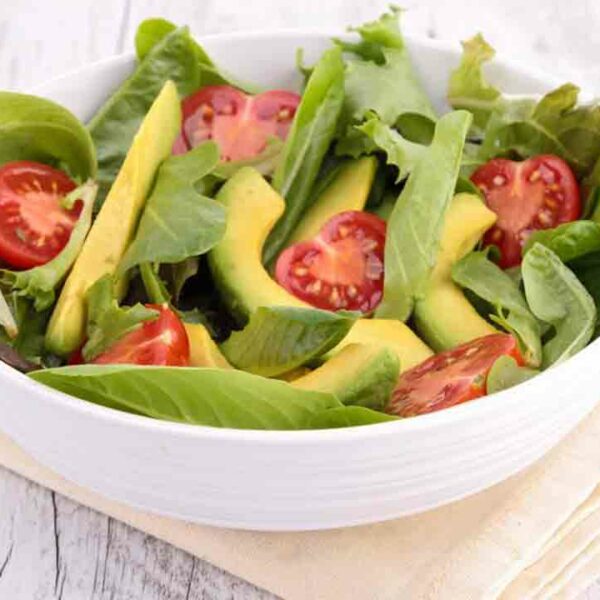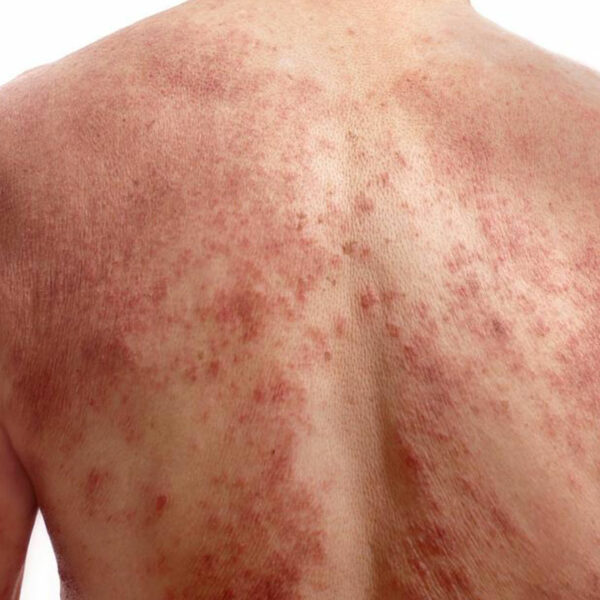
Kidney Disease Diet Plan – What You Need To Eat For A Healthy Kidney
Kidney disease interferes with the normal functioning of the kidneys. This means that the kidneys do not filter waste as they normally do, hence leading to waste products and fluids in the body. Symptoms include swelling of the ankles, breathlessness, weakness, vomiting and poor sleep. It is essential to stick to an appropriate diet that will help the kidneys function well. This also has an impact on other issues such as diabetes and high blood pressure, which may, in turn, worsen the working of the kidneys. Here’s a list of foods that can make or break a kidney disease diet plan. Do’s: Cabbage: Cabbages are an excellent source of phytochemicals. Many phytochemicals protect you against cancer and also aid cardiovascular health. Cabbages are packed with Vitamin K and Vitamin C. They are also rich in fiber, folic acid, and Vitamin B6. Also, they are low in potassium. Cabbages may be consumed steamed or boiled, or you can add them to soups, coleslaws or sandwiches. Cauliflower: Cauliflowers are rich in Vitamin C, fiber, and folate. They also contain compounds such as indoles and glucosinolates. These help the liver act on toxic materials that could damage cell membranes and DNA. You can eat cauliflowers in salads, or steamed or boiled and lightly seasoned.









